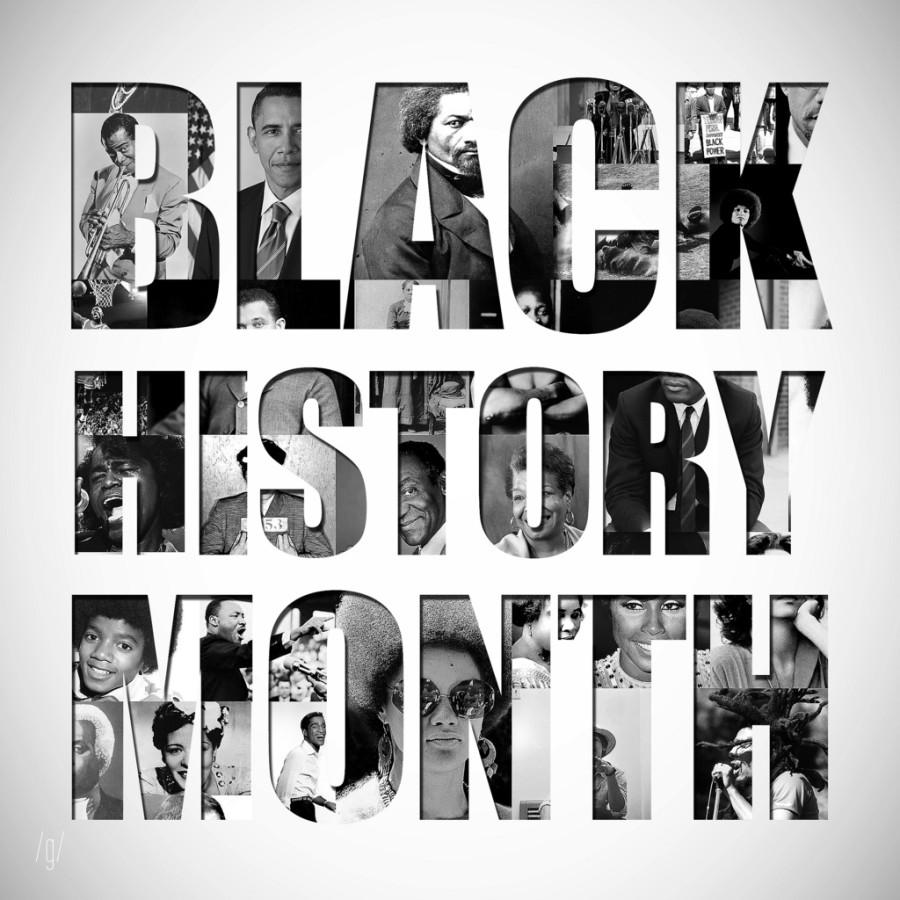Black History Month: Remembering Civil Rights Leaders
February 12, 2015
February 1 to February 28 America celebrates Black History Month, a month in which we appreciate what blacks have accomplished in such a short time. Many people still question why we still have Black History Month, but in a country where racism is still alive, even after so much progress, it is important to go back to the beginning and learn about the sacrifices African Americans have had to endure.
Frederick Douglass (1818-1895)
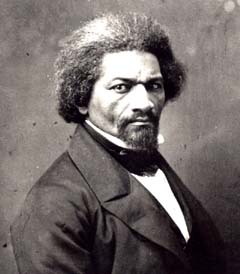
Frederick Douglass was a former slave and human rights leader during the abolition movement. He became the first black citizen to hold high U.S. government rank.
Douglass was born into slavery in Talbot County, Maryland (only two hours away from Glen Rock, PA) around 1818. At a young age, Douglass was chosen to live in a home of plantation owners until he was eventually sent to Baltimore, MD. There, Frederick learned the alphabet from his owner’s wife and was educated from the white kids in the neighborhood, establishing the building blocks of Douglass’s career. Because Douglass was an avid reader of newspapers and political literature, he picked up and made his own views of slavery and human rights.
It took three times for Douglass to succeed in escaping from his owners and make his way to a safe house in New York. He then settled down in New Bedford, Massachusetts with his wife. Douglass began his national fame shortly after by giving anti-slavery lectures during abolitionist meetings and annual conventions.
He then wrote his first autobiography, Narrative of the Life of Frederick Douglass, an American Slave, in 1845 which was a bestseller in America and translated in several other languages. Since Douglass had yet to buy his freedom and his book risked his recapture, he set sail to Liverpool, England. During his time in England, Douglass had gained enough British supporters to raise him money to buy his freedom and was able to return to the United States in 1847. With his return to the States, Douglass revised his autobiography three more times and started abolitionist newspapers.
Following the Civil War, Frederick was appointed to many political positions; he served as president of the Freedman’s Savings Bank, as chargé d’affaires for the Dominican Republic, and was later minister-resident and consul-general to the Republic of Haiti from 1889 and 1891. Douglass then became the first African American to appear on the presidential ballot as vice president after Victoria Woodhull nominated him without his consent.
In 1895, Frederick Douglass suffered a massive heart attack and stroke resulting in his death.
Frederick Douglass was a living example for slave holders arguing that slaves lacked intellectual capacity to function as American citizens during that time. His impact to the black community helped greatly with the freeing of all slaves prior to the Civil War.
W.E.B. Du Bois (1868-1963)
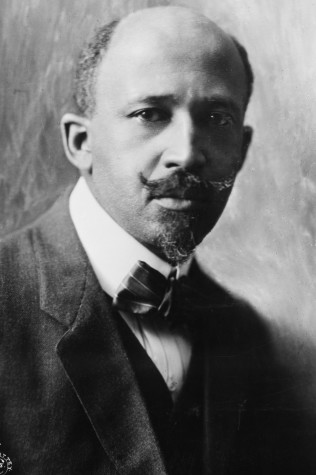
William Edward Burghardt Du Bois, otherwise known as W.E.B. Du Bois, was born on February 23, 1868 in Massachusetts. He attended school with other white children and was encouraged by his white teachers to continue his education. Du Bois then moved to Nashville, Tennessee to attend Fisk University, where Du Bois first encountered Jim Crow laws. He then began to analyze the deep trouble of American racism. After receiving his bachelors at Fisk, he went on to receive his PhD at Harvard University and was the first African American to do so.
Du Bois was a social scientist and published his landmark study of The Philadelphia Negro: A Social Study in 1899, and it was the first case study of an African-American community. He rose to a national prominence when he publicly opposed Booker T. Washington’s “Atlanta Compromise,” an agreement that asserted that employment education for blacks was more valuable to them than social advantages like higher education or political office. Du Bois criticized Washington for not fighting for equality for African Americans.
In 1909, Du Bois co founded the National Association for the Advancement of Colored People (NAACP) and served as editor of the monthly magazine. Du Bois also helped organize several Pan-African Congresses to free African colonies from European powers.
On August 27, 1963, the day before MLK’s “I Have A Dream” speech, W.E.B. died in Ghana working on an encyclopedia of African Diaspora.
W.E.B. Du Bois was one of the most important Civil Right activists of the beginning of the 20th century with the finding of the NAACP and his continued support with Pan-Africanism.
Martin Luther King Jr. (1929-1968)
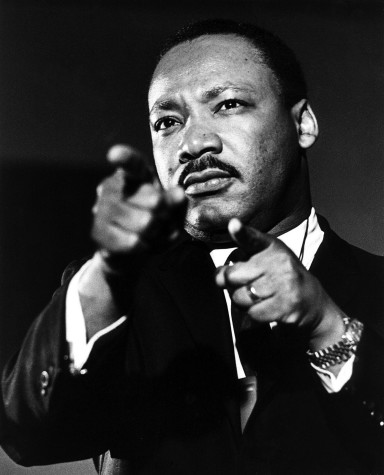
Martin Luther King Jr. lived fighting for the rights of African Americans and led the Civil Rights Movement.
Born in Atlanta, Georgia in January of 1929, Martin Luther King Jr. was born to a loving family. The Kings tried their best to shelter their children but were unsuccessful to shield them from racism. King was brought up hearing his father preach against racial prejudice in church, and strongly discouraging against class superiority which left a lasting impression on Martin Jr.
King was an avid student in high school but questioned his religion and faith. During his junior year, Martin Jr. took a Bible class, restoring his faith and ultimately pushing the decision to become a pastor. In 1954, King became pastor of the Dexter Avenue Baptist Church of Montgomery, Alabama.
On the night that Rosa Parks was arrested, the head of a local NAACP came to King and asked him to lead the citywide bus boycott. King’s fresh and skillful views put a new energy into the civil rights struggle in Alabama. Due to financial troubles, the Montgomery bus service lifted the segregated public transportation law.
Fresh off their win in 1957, the Southern Christian Leadership Conference was founded with the help of MLK. The organization formed non-violent protests to promote civil rights reform. With King’s participation, it was able to give him a national platform.
In 1959, King visited the birthplace of Gandhi. This visit affected King greatly, causing him to increase his commitment to the Civil Rights Movement and devote himself to non violent practices.
King continued the non-violent protests by encouraging students to participate in “sit-ins” in restaurants. The segregated lunch counters were then ended in 27 Southern cities.
On August 28, 1963, the historic march in the nations capital took place, and it was where Martin Luther King Jr. made his historic “I Have A Dream” speech emphasizing his dream of one day all men will be brothers in front of over 200,000 people. Many people all over the nation began to question the Jim Crow laws and the treatment of African Americans. This resulted in the Civil Rights Act of 1964 which authorized the United States government to enforce desegregation of public accommodations and outlawing discrimination in publicly owned facilities. Martin Luther King Jr. also received the Nobel Peace Prize in 1964 because of his efforts in the Civil Rights Movement.
During the 1960’s, times for the Civil Rights Movement and King seemed to take two steps forward and one step back. Soon marches turned violent due to police brutality and were televised all over the nation showing badly beaten and bloody walkers. In 1968, King became discouraged due to the slow progression of the movement. On April 3, King was drawn back to Memphis to give a speech to Memphis sanitation workers on strike.
“I’ve seen the promised land,” said King during his last Civil Rights speech. “I may not get there with you. But I want you to know tonight that we, as a people, will get to the promised land.”
The next day, April 4, 1968, outside on his balcony Martin Luther King Jr. was assassinated. The effect of King’s death sparked riots and demonstrations in over 100 cities.
Even 46 years prior to his death, Martin Luther King Jr. has remained the most widely known African American leader of his era.
Rosa Parks (1913-2005)
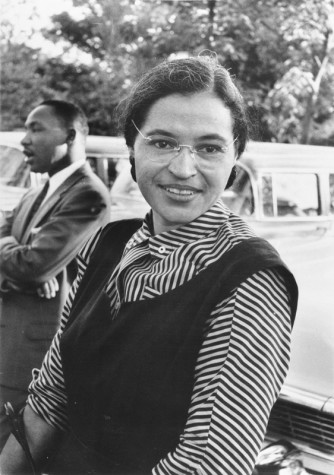
On December 1, 1955, 42 year old Rosa Parks was taking the Montgomery Bus home after a long day of work, and she took her seat in the first row of the “colored” section of the bus. In Montgomery, the bus company gave drivers the power to assign seats yet did not give them the right to specifically demand a passenger to give up their seat. As the bus ride went on, the white section of the bus began to fill up, and the driver noticed that a few white men were standing; the driver then stopped the bus and moved the “colored” section sign back a row asking the four black passengers to move. Three passengers obliged to the drivers demand, but Parks refused to give up her seat. The driver then called the police and had Parks arrested and charged with violation of Chapter 6, Section 11 of the Montgomery City Code. When asked about why she refused to give up her seat, Parks said that it wasn’t that she was physically tired. It was because she was tired of giving in.
On the morning of her trial, Parks was greeted by 500 local supporters. The hearing took 30 minutes and resulted with a guilty verdict of violating a local ordinance and was fined $10, as well as a $4 court fee. Following the trial, Rosa faced hardship and ended up relocating herself and her family to Detroit, MI.
Rosa Parks received many awards during her lifetime, including the Spingarn Medal, the NAACP’s highest award, the prestigious Martin Luther King Jr. Award, and on September 9, 1996, President Bill Clinton awarded Parks with the Presidential Medal of Freedom, the highest honor given by the United States’ executive branch.
On October 24, 2005 Rosa Parks died quietly in her Detroit apartment after being diagnosed with dementia the previous year.
Rosa Parks legacy will forever be remember as the symbol of the Civil Rights Movement.
Without the courage of these four Americans and many others, the status of African Americans would not be where it is today. These people defied the odds and beliefs of millions of people and fought for their freedom and rights.



